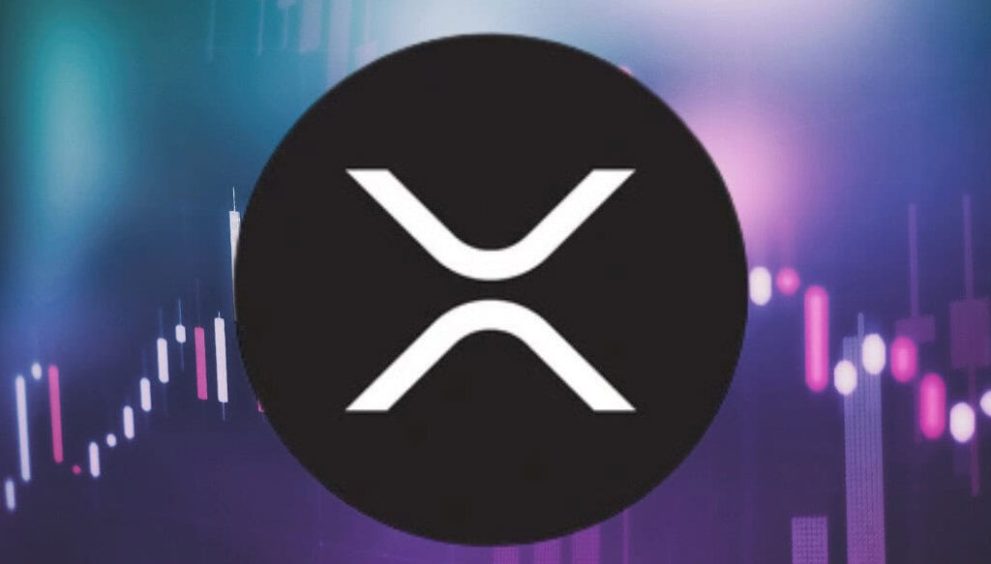XRP Surges to New Highs as U.S. House Passes GENIUS Act for Stablecoin Regulation

Landmark Crypto Legislation Fuels XRP Rally, Signals Bright Future for Digital Assets
In a historic moment for the cryptocurrency industry, the U.S. House of Representatives passed the Guiding and Establishing National Innovation for U.S. Stablecoins (GENIUS) Act on July 17, 2025, with a bipartisan vote of 308-122, sending the bill to President Donald Trump’s desk for signing. This landmark legislation, the first major crypto regulation in U.S. history, establishes a federal framework for stablecoins—cryptocurrencies pegged to assets like the U.S. dollar. Coinciding with this development, XRP, the native token of the Ripple network, has soared to new all-time highs, driven by optimism surrounding the regulatory clarity and its implications for Ripple’s stablecoin, RLUSD. Here’s what this means for investors, the crypto market, and the future of financial technology in the U.S.
GENIUS Act: A Game-Changer for Stablecoins and Crypto
The GENIUS Act, which cleared the Senate in June 2025 with a 68-30 vote, introduces critical regulations for the $250 billion stablecoin market, dominated by tokens like Tether (USDT) and Circle’s USDC. Key provisions include:
- Reserve Requirements: Stablecoin issuers must back their tokens one-to-one with low-risk assets like cash or U.S. Treasuries to ensure stability and protect consumers.
- Consumer Protections: In case of issuer bankruptcy, stablecoin holders receive priority for repayment, reducing financial risks.
- Anti-Money Laundering (AML) Rules: Issuers must comply with AML and anti-terrorism sanctions to curb illicit activities.
- Restrictions on Tech Giants: Non-financial tech companies are barred from issuing stablecoins unless partnered with regulated financial entities, addressing monopoly concerns.
The bill’s passage during the House’s “Crypto Week” (July 14–18, 2025) alongside the Digital Asset Market Clarity (CLARITY) Act and the Anti-CBDC Surveillance State Act signals a pro-crypto shift in U.S. policy. House Speaker Mike Johnson (R-La.) hailed the legislation as a step toward making America the “crypto capital of the world,” aligning with President Trump’s campaign promises.
XRP’s Meteoric Rise
As news of the GENIUS Act’s passage broke, XRP surged to new highs, with posts on X reporting peaks between $3.50 and $4.20, though exact figures vary due to market volatility. This rally reflects growing investor confidence in Ripple’s ecosystem, particularly its newly launched stablecoin, RLUSD, which is poised to compete with USDT and USDC. Social media platforms are abuzz with enthusiasm, with users like @XRP_DigiGold and @unknowDLT predicting XRP could dominate the new financial system, while others caution about the risks of buying at peak prices.
XRP’s price surge is attributed to:
- Regulatory Clarity: The GENIUS Act provides a clear framework, reducing legal uncertainties for Ripple, which has faced scrutiny from the SEC in the past.
- RLUSD Adoption: Ripple’s stablecoin, RLUSD, is expected to leverage XRP’s blockchain for fast, low-cost cross-border payments, boosting demand for XRP.
- Market Sentiment: The broader crypto market, including Bitcoin and Ethereum, has seen gains, with Bitcoin hitting $119,298.87, driven by expectations of increased institutional adoption.
Implications for Investors and the Crypto Market
The GENIUS Act is expected to unleash a wave of new stablecoins from banks and fintechs, with major players like JPMorgan (JPMD), Bank of America, and Walmart exploring stablecoin issuance. This could enhance competition, lower transaction fees, and drive mainstream adoption of digital currencies for payments and trading. For XRP investors, the legislation strengthens Ripple’s position as a leader in cross-border payments, potentially increasing XRP’s utility and value.
However, critics, including Sen. Elizabeth Warren (D-Mass.), warn that the bill lacks robust protections against financial instability and fails to address conflicts of interest, particularly citing President Trump’s ties to World Liberty Financial, which issued the USD1 stablecoin. If mismanaged, a stablecoin collapse could disrupt markets, though proponents argue the reserve requirements mitigate this risk.
Social Media Buzz and Market Sentiment
Posts on X reflect a mix of excitement and caution:
- Bullish Sentiment: Users like @AbsGMCrypto and @_Crypto_Barbie predict a historic altcoin season, with RLUSD potentially driving XRP to new heights, similar to USDT’s impact on Bitcoin.
- Cautious Voices: Some warn against FOMO (fear of missing out), noting that buying at peak prices carries risks, especially with XRP’s high correlation to broader market trends like the S&P 500.
What’s Next for XRP and Crypto Regulation?
With President Trump expected to sign the GENIUS Act into law on July 18, 2025, the U.S. is poised to lead global standards for digital assets. The CLARITY Act, which passed the House and awaits Senate approval, could further define regulatory roles for the SEC and CFTC, potentially benefiting XRP by classifying it as a non-security. Investors should stay informed as the Senate debates the CLARITY Act, with a possible vote by September 30, 2025.
For the Indian-American community and crypto enthusiasts, this milestone highlights the growing legitimacy of digital assets. As Ripple expands RLUSD’s reach, XRP’s role in global finance could solidify, making it a key asset to watch. Stay tuned to ClickUSANews.com for the latest updates on XRP, cryptocurrency regulations, and their impact on investors.













